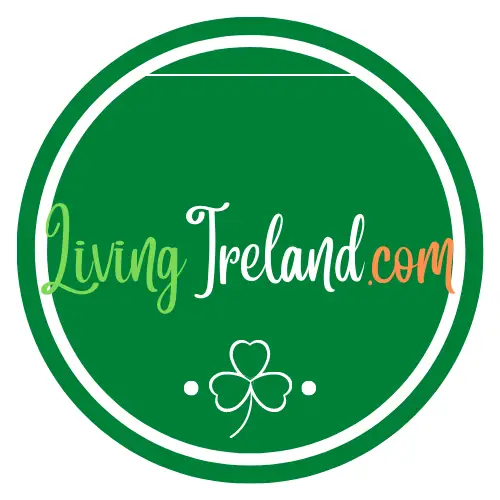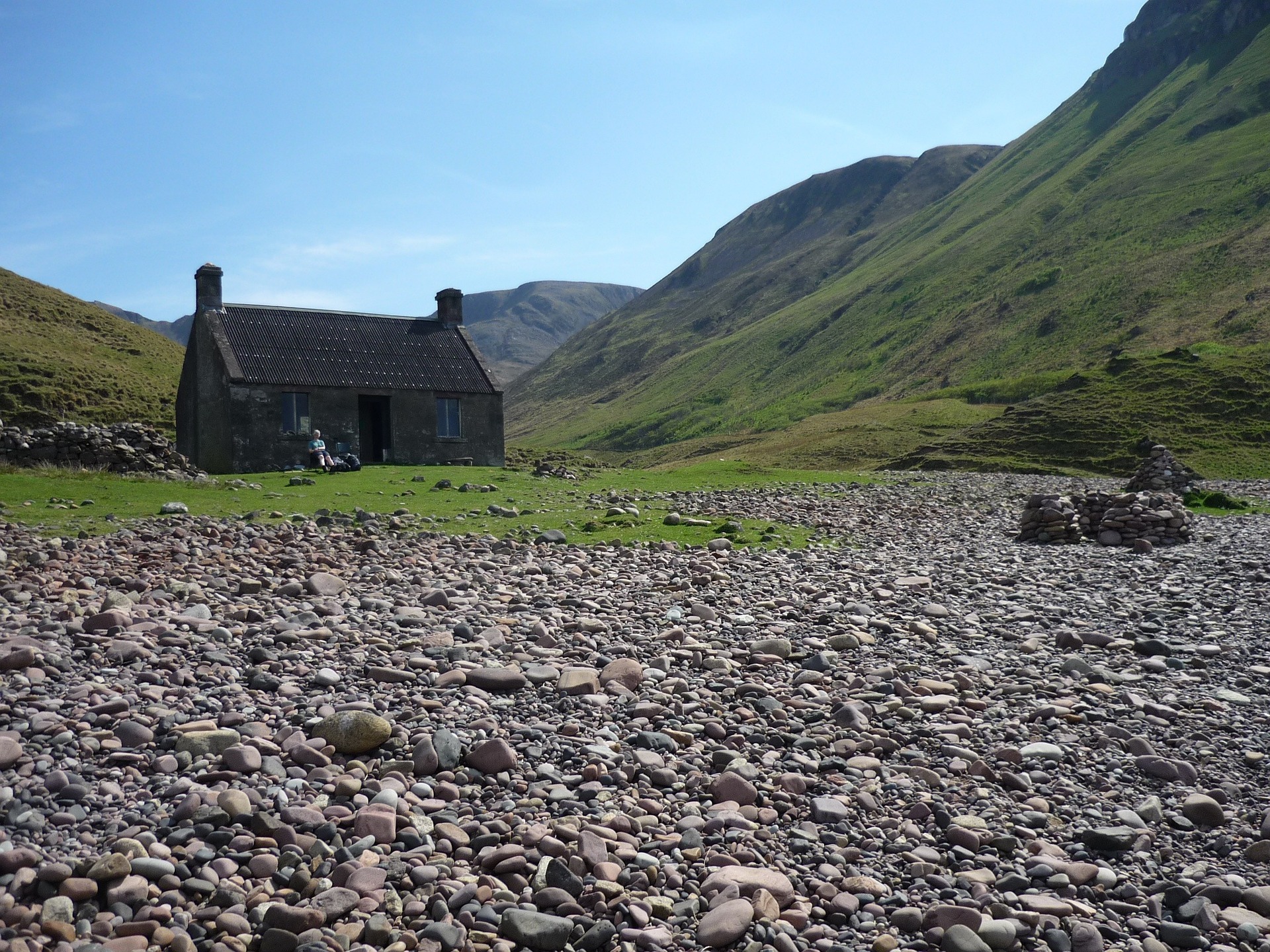Bothies have a long history in Northern Ireland, and also across the rest of Ireland and throughout the British Isles, but are primarily associated with Northern Ireland and Scotland.
As the Mountain Bothies Association puts it, Bothies are essentially quite close to “camping without a tent” but let’s look into them in a bit more detail.
Below we will explore what a Bothy is and why Northern Ireland has so many.
What is a Bothy in Northern Ireland?
As with all words, the meaning can change over time. What someone in Victorian times considered a Bothy might be different from what modern people think to be one now.
In essence though, a Bothy is a small dwelling setup to protect its inhabitants from the outdoors and can have up to two stories. Usually, if it is two-storied, the top floor is used for sleeping.
A Bothy cannot have a gas or water connection. People will usually either eat pre-cooked food they have bought or heat their food using some external apparatus (such as a camping stove). And because they don’t have water, when people need to take care of business, they need to do this outside and away from the Bothy just as you might during a camping trip.
A Bothy also cannot be less than 100m from a road. Or less than 100m from any other habitable building. Bothies tend to be located in remote places, cut off from civilisation.
What are Bothies used for?
Although there are now many Bothies you need to pay to use, traditionally, they were unlocked and free of charge. Anyone could walk in and use them.
The primary purpose of the Bothy is to provide shelter during the night.
Naturally, being in the wilderness at night can be very dangerous. If you’re hiking for several days, you can use the Bothy to stay warm, safe, and dry.
But, if your walk is shorter, you could also use the Bothy as a temporary shelter for the following purposes.
- Getting some rest
- Waiting for rain to clear
- Making a phone call
- Eating lunch
What can you Find in a Bothy?
Most Bothies are made from old, ruined buildings, revamped to make them safe for temporary human habitation. The primary purpose is to keep people safe, warm, and dry. So, expect to find a waterproof shelter.
Most Bothies will have a designated sleeping area. However, this area does not contain any bedding. Instead, sleepers will need to bring their own sleeping bags and extras.
To help keep visitors warm, many bothies have a fireplace or designated fire space. But, supplying firewood is often the responsibility of the visitors.
Remember, a Bothy is not a 5* hotel with all the amenities. But, it is a safe and warm place for those hiking for more than one day.
The History of the Bothy
Bothies started life as temporary dwellings primarily used by farm and estate labourers.
It wasn’t until the 20th century that the word “Bothy” got the meaning it has today – somewhere for walkers to sleep for the night. Today, they are prevalent throughout Scotland and Northern Ireland. Although, some Bothies break the traditional rules by charging people.
Bothy Etymology
Although the original definition and origin is unknown, two theories seem to be the most likely.
The first theory is that it comes from the old Irish word “Bothán” meaning hut and/or it also comes from the Welsh word “Bwthyn”, meaning small cottage.
The other theory is that it comes from the Norse “būð”, meaning building.
Which (if either) theory is correct, we’ll leave it to you to decide.
Bothy Rules
If you ever stay at a Bothy, there are some rules you should follow. Some of these are legally enforced, but others are just courtesy.
1. Use the Bothy at your own risk.
2. Leave the Bothy clean and tidy.
4. Report any damage to the landowner – this is often the National Trust in Northern Ireland.
5. Take your rubbish with you.
6. Do not leave perishable foods behind – it attracts vermin.
7. Guard the Bothy against fire.
8. Keep the doors shut.
9. When taking care of business, do it away from the Bothy.
10. Do not use a Bothy during stalking or lambing season.
11. If you’re in a group of six or more, ask permission from the landowner before using the Bothy.
Bothies in Northern Ireland:
Northern Ireland is home to many Bothies; here are some of them.
- The Bothy at Balnaholish:
Slightly more upmarket than a traditional Bothy and technically probably too close to proper accommodation to be considered traditional.
- Salt Island Bothy:
Located in Stanford Lough (Ireland’s largest sea lough), you will have beautiful sea views in this Bothy, close to the path and a forest.
- Trannish Island:
In Upper Lough Erne, this disused farm building is slightly more upmarket than other Bothies and will cost you.
- Port Moon:
For £30 a night, this Causeway Coast Bothy can house up to 8 people.
As you can see, not all places that call themselves “Bothy” follow the definition of the word nowadays.
How to Pronounce Bothy
Bothy is Pronounced, “Boh-Thee”.

